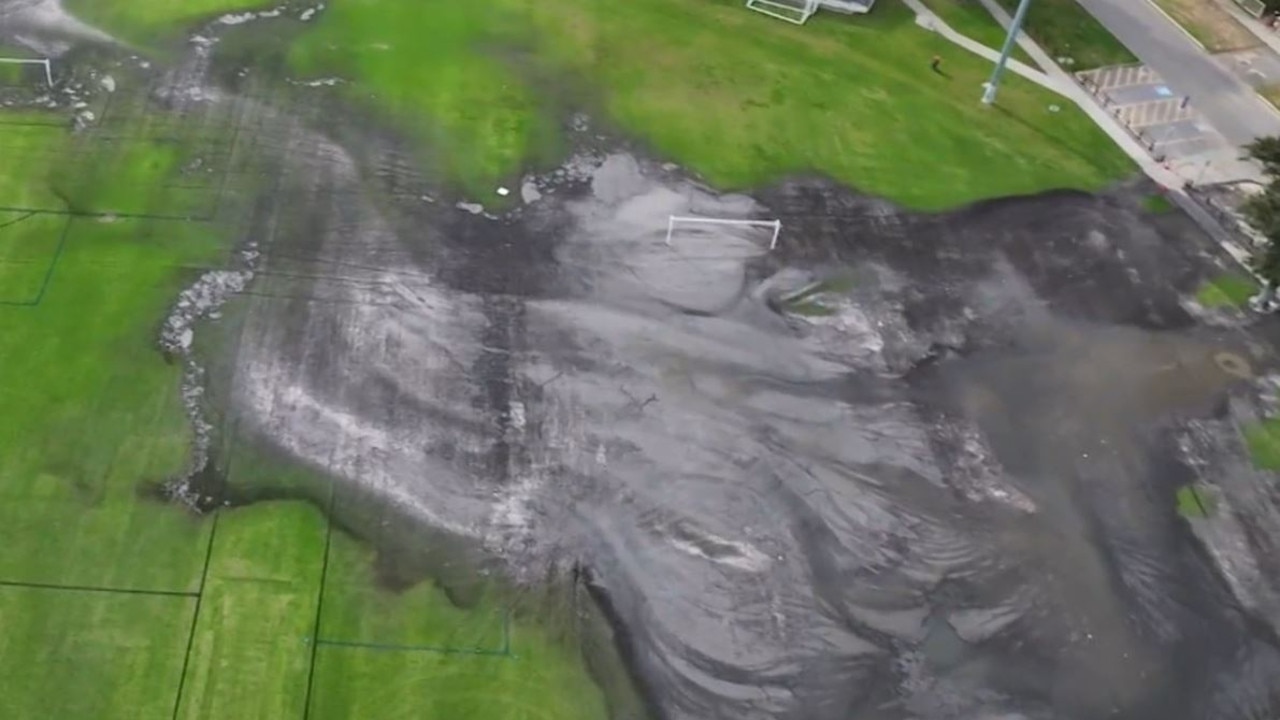NSW climate change researchers study greenhouse gas emissions
Researchers based on the NSW Mid and North Coasts are looking for answers to better understand climate change.
Climate change and the human actions tied to it pose a complex problem for scientists.
The NSW Mid and North Coasts have a wealth of researchers dedicated to finding answers and solutions to help guide decisions into the future.
Some delve into coral reef IVF while others analyse gases.
They know that while carbon dioxide is the best-known villain among greenhouse gases, it’s far less potent than methane and nitric oxide, which research has shown can’t be ignored in big-picture thinking on climate change.
Livestock are known as a big offender on the methane front, but a team involving a North Coast-based researcher has been looking at another large piece of the emissions puzzle.
Others have considered how the intense fertilisation of agricultural lands leads to higher greenhouse gas emissions and an innovative way to combat the issue.
Here are the climate scientists making a difference.
TREE METHANE AND GAS-EATING BACTERIA
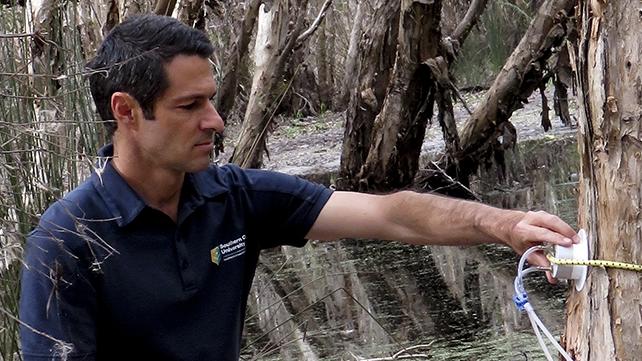
Wetland biogeochemist Dr Luke Jeffrey used to work in marketing for surf brand Billabong but walked away from that a decade ago to begin a new career in an area of research he describes as “measuring tiny stuff with tiny equipment”.
Now based at Southern Cross University in Lismore, he has found that paperbark trees, casuarinas and mangroves emit “substantial amounts of methane” that was never before taken into consideration.
It’s a natural phenomenon which science had historically overlooked but it’s important to know, Dr Jeffrey said.
“We need baseline data on this stuff,” he said.
“If we know how much comes from trees globally is just helps us with our global methane budgets.”
His work has shown human alterations to hydrology and ecosystems has an impact on the emissions.
He was involved in a report which looked at the death of about 1000km of mangroves in the Gulf of Carpentaria.
“That essentially was a consequence of climate change,” he said.
“We found the dead mangroves emitted eight times more methane than the ones that survived.
“If mangroves die under climate change there’s going to be an extra release of methane.”
He has also been involved in recent research that found methane-eating bacteria living on paperbarks.
“It was a very exciting finding,” he said.
“It’s well known these kinds of bacteria live in soil and live in water and that’s kind of what they do.
“They oxidise and basically consume methane which is good.”
He said they found the bacteria mitigated about one third of the methane coming from the trees.
“In a way this opens up a whole avenue of research globally to see whether all trees on earth that emit methane actually have these types of microbes living on them,” he said.
Some of Dr Jeffrey’s work, in collaboration with Monash University and University of Melbourne, appeared in a recent landmark Intergovernmental Panel on Climate Change report which was commissioned by the United Nations.
DOWNSTREAM IMPACTS AND BIOREACTORS
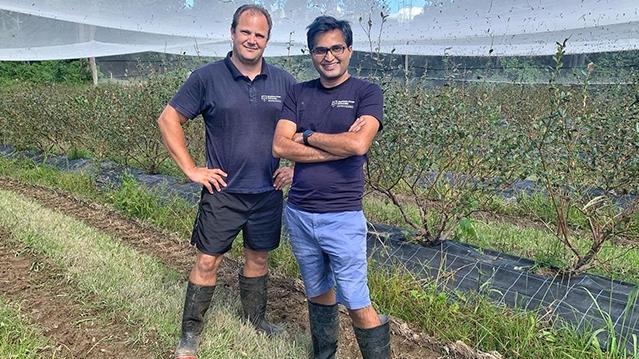
Bacteria has also been an important part of the work of Coffs Harbour-based Southern Cross University PhD researcher Shane White.
His research with Praktan Wadnerkar, in collaboration with North Coast Local Land Services and Coffs Harbour City Council, led to development of a prototype bioreactor in which bacteria were encouraged to produce more dinitrogen (N2) – which is abundant in the atmosphere – and less nitrous oxide, a problematic greenhouse gas.
“We’re at the stage now where we have a really good proof of concept and we have a couple of really good designs,” he said.
“We just need more funding now to roll this out to many farms and create a real impact.”
He has also researched the downstream impacts of intense agricultural fertiliser use.
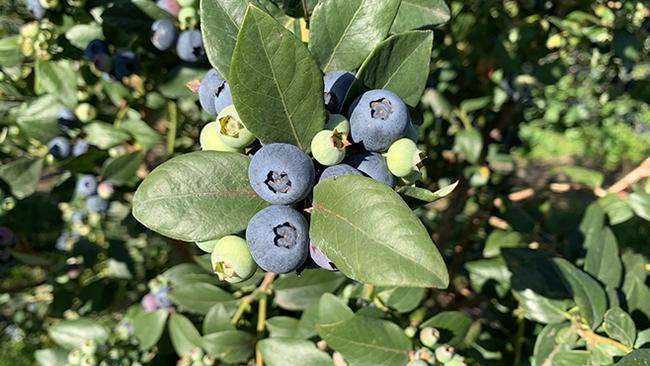
Nitrous oxide is a key player: with about 270 times the global warming potential of carbon dioxide, it’s a “really powerful greenhouse gas”.
He said it was an issue which arose from the use of nitrogen-based fertilisers.
“We’ve known nitrous oxide is being emitted from fertiliser for at least the last 50 years, but we didn’t realise how many downstream impacts it was having,” he said.
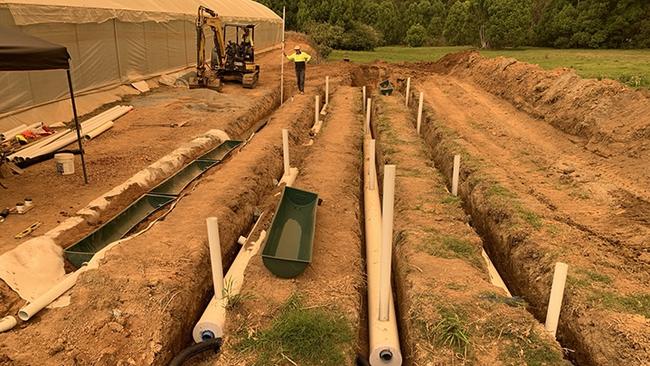
His research found unprecedentedly high levels of nitrous oxide about 3km downstream of blueberry farms.
He said bacteria in the soil and waterways converted nitrogen in the fertiliser into nitrous oxide as well as dinitrogen.
“This is a really big problem globally because if it’s happening here in our small catchment … it’s probably happening in a lot of other catchments,” he said.
CORAL REEF IVF SHOWS PROMISE
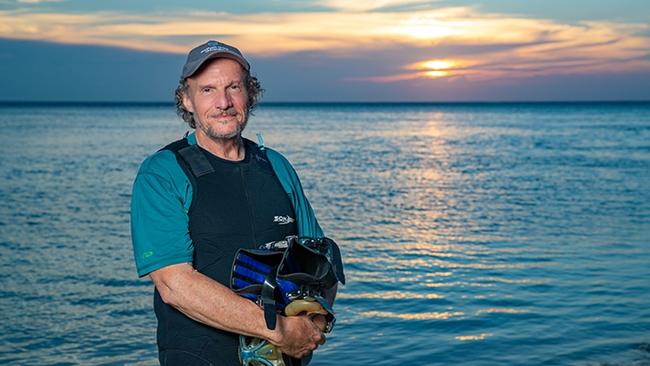
Researchers led by Southern Cross University’s Professor Peter Harrison have been part of a hopeful step in coral reef survival.
They have found more than 60 coral colonies from their first coral IVF trial thriving and likely to spawn in 2022.
The coral babies came from a 2016 project which Professor Harrison recently checked on during a visit to Heron Island, off the coast of Central Queensland.
“I was thrilled to see healthy branching Acropora colonies that are on track to start reproducing themselves in the coral larval restoration sites we settled larvae in four years ago during the first small-scale pilot study,” Professor Harrison said.
“In contrast, sadly, the coral communities in the control sites where we didn’t add any larvae have remained the same and virtually no natural recruitment of new corals has happened in those sites.
“The result of this experiment clearly shows that if we’re going to actively start restoring corals on parts of the Great Barrier Reef we need to supply more coral larvae to enable the coral community to grow fast enough to recover from the damage from recent bleaching events.”
The project has been backed by the US-based Paul G Allen Family Foundation, associated with the late co-founder of Microsoft.
“Most reefs around the world including the Great Barrier Reef have suffered immense damage from recent coral bleaching events, increased sediment and pollution and other human activities,” Professor Harrison said.
He said the project was exploring ways to remove seaweed that was inundating damaged reefs and to ultimately grow “hundreds of millions of larvae directly on reefs in the Great Barrier Reef”.
FIRES AND FLOODS: COMPLEX DISTURBANCE
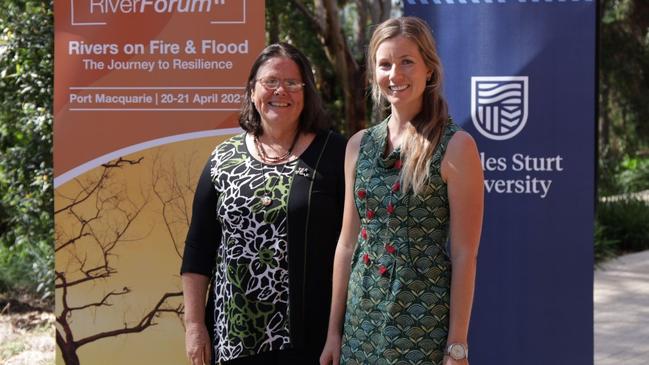
Fires and floods can cause widespread destruction in their own right but when they happen consecutively their impact on environments becomes more complex.
Dr Alexandra Knight and Dr Jessica Tout-Lyon, members of the Charles Sturt University’s Institute for Land, Water and Society in Port Macquarie, have studied the complex interactions multiple disasters can have on river systems.
Extreme weather events and the bushfires and floods associated with them are expected to become more severe and frequent in southeastern Australia.
“In March 2021 we lived through a disastrous one-in-100 year flood event when up to 75 per cent of the region’s median annual rainfall fell in seven days on the Mid North Coast of NSW,” they told a conference in April.
“We observed and experienced devastation to our communities and to the ecological processes and functions that support us.”
The flood came after the region’s driest, warmest 18 months on record which included a bushfire emergency period that lasted for five months.
The floods were followed by large-scale fish kills and the closure of oyster farms.
“The consecutive nature of these severe events within a short time period heightened our understanding of what it means to live in a changing climate,” the pair said.
“In southeastern Australia, a hotspot for climate change, the severity and frequency of extreme weather events and associated bushfires are only forecast to increase.”
Combined with the 71-fold increase in Australian human population within 200 years and 85 per cent of those people living on the coast, they have forecast severe impacts on the availability and quality of water in river systems.
NEW CENTRE FOR EXCELLENCE LOOKS TO LOW-CARBON FUTURE
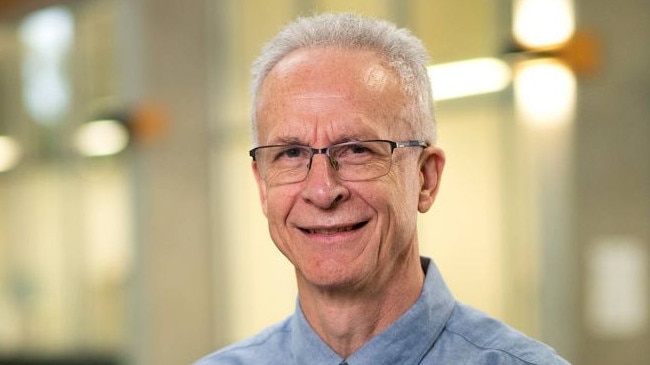
University of Newcastle’s Laureate Professor Kevin Galvin is leading a new $35 million Australian Research Council Centre of Excellence aimed at transforming the minerals industry and working toward a low-carbon future.
The centre is expected to lead to the development and commercialisation of more sustainable mining technologies.
It involves collaboration from multiple universities and is based at the University of Newcastle.
The work will involve the future of minerals vital to modern life, such as those used in smart phones and electric vehicles.
“Everyone along the mineral and renewable energy supply chain will benefit from the work coming out of this important research centre,” Professor Galvin said.
The centre is federally funded through the Australian Research Council Centres of Excellence scheme.
UPCOMING RESEARCH ON WETLANDS, NITROGEN
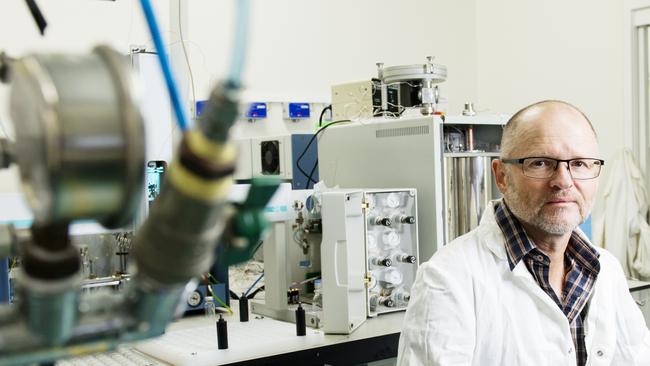
Carbon dioxide is well known as a problematic greenhouse gas linked to fossil fuel use.
But Professor Bradley Eyre, the founding director of Southern Cross University’s Centre for Coastal Biogeochemistry, said it was important other gases weren’t overlooked in a response to climate change.
Professor Eyre said methane emissions were increasing rapidly and nitrous oxide was also a troubling climate change factor.
“Even if we reduce CO2 we’ll still get climate warming from methane and nitrous oxide as well,” he said.
A recent study he was part of found half of all methane emissions came from aquatic environments.
“We need to look at these sources and look at managing these sources of greenhouse gases,” he said.
“You need to look at reducing fossil fuels obviously … but we need to pay attention to these other things.”
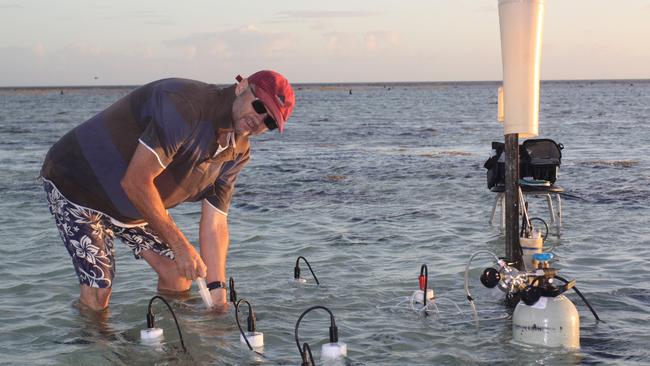
Professor Eyre will lead an upcoming research project, to be focused on southeast Queensland estuaries and wetlands, will consider ways to remove nitrogen from the coastal zone.
“On a global scale we’ve more than doubled the amount of nitrogen and most of that gets applied as fertiliser,” he said.
While that nitrogen is helpful for food crops, its run-off stimulates organic processes that lead to greenhouse gas release.
Professor Eyre said the upcoming research project would look at the “mosaic of wetlands” in the study area and the way the landscape “filters out nitrogen that comes off the catchment”.
For more on this series go to: www.missionzero2050.com.au
Share your feedback or story: missionzero2050@news.com.au



